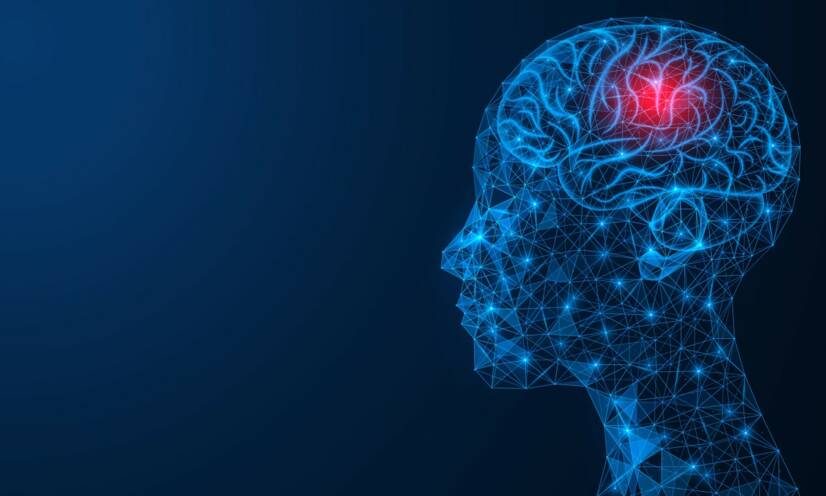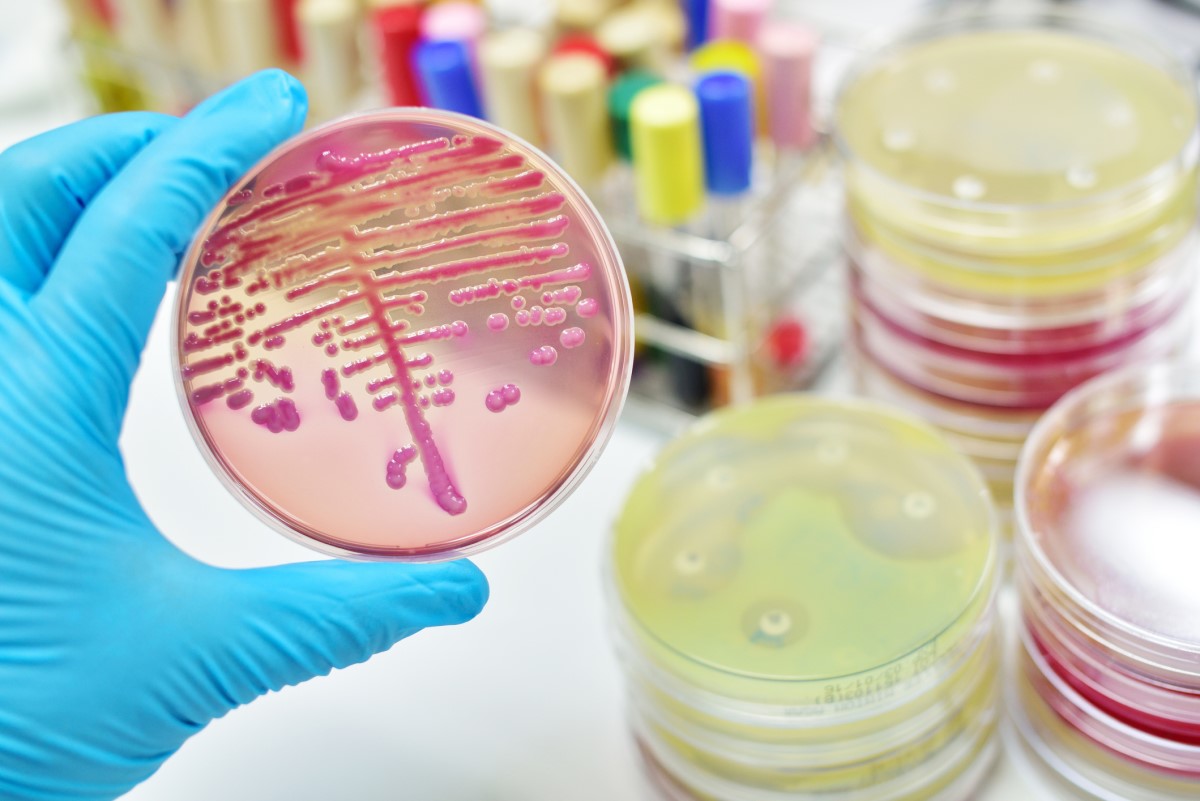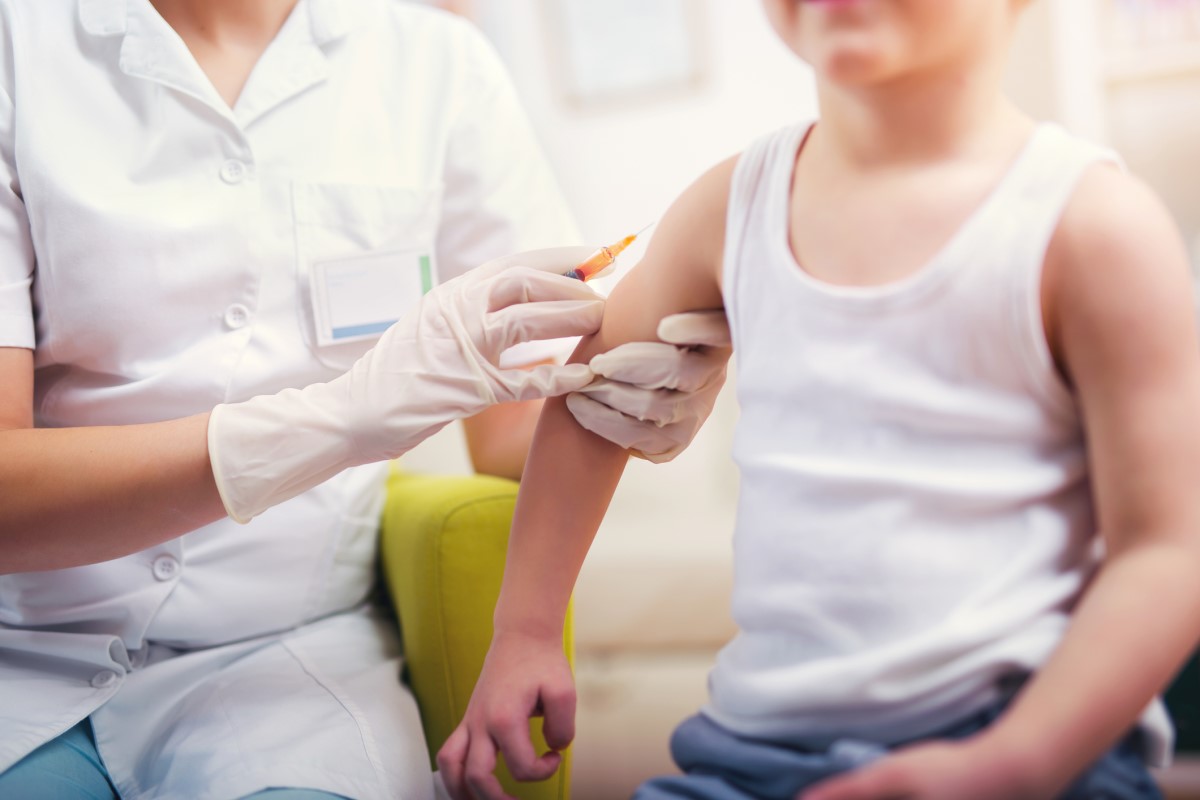- van de Beek D, de Gans J, Tunkel AR, Wijdicks EF (January 2006). "Community-acquired bacterial meningitis in adults". The New England Journal of Medicine. 354 (1): 44–53.
- Ginsberg L (March 2004). "Difficult and recurrent meningitis". Journal of Neurology, Neurosurgery, and Psychiatry. 75 Suppl 1 (90001): i16–21.
- Ferri, Fred F. (2010). Ferri's differential diagnosis : a practical guide to the differential diagnosis of symptoms, signs, and clinical disorders (2nd ed.). Philadelphia: Elsevier/Mosby. p. Chapter M. ISBN 978-0-323-07699-9.
- Centers for Disease Control Prevention (CDC) (May 2008). "Primary amebic meningoencephalitis – Arizona, Florida, and Texas, 2007". MMWR. Morbidity and Mortality Weekly Report. 57 (21): 573–27.
- "Viral Meningitis". CDC. 26 November 2014.
- Tunkel AR, Hartman BJ, Kaplan SL, Kaufman BA, Roos KL, Scheld WM, Whitley RJ (November 2004). "Practice guidelines for the management of bacterial meningitis". Clinical Infectious Diseases. 39 (9): 1267–84.
- "Global Disease Burden 2019".
- Putz, Katherine; Hayani, Karen; Zar, Fred Arthur (2013). "Meningitis". Primary Care: Clinics in Office Practice. 40 (3): 707–726.
- "NHS medical conditions meningitis". NHS.
- "Meningococcal meningitis Fact sheet N°141". WHO. November 2015.
- Mosby's pocket dictionary of medicine, nursing & health professions (6th ed.). St. Louis: Mosby/Elsevier. 2010. p. traumatic meningitis. ISBN 978-0-323-06604-4.
- van de Beek D, de Gans J, Spanjaard L, Weisfelt M, Reitsma JB, Vermeulen M (October 2004). "Clinical features and prognostic factors in adults with bacterial meningitis" (PDF). The New England Journal of Medicine. 351 (18): 1849–59.
- Attia J, Hatala R, Cook DJ, Wong JG (July 1999). "The rational clinical examination. Does this adult patient have acute meningitis?". JAMA. 282 (2): 175–81.
- Theilen U, Wilson L, Wilson G, Beattie JO, Qureshi S, Simpson D (June 2008). "Management of invasive meningococcal disease in children and young people: summary of SIGN guidelines". BMJ. 336 (7657): 1367–70.
- Management of invasive meningococcal disease in children and young people (PDF). Edinburgh: Scottish Intercollegiate Guidelines Network (SIGN). May 2008. ISBN 978-1-905813-31-5.
- Thomas KE, Hasbun R, Jekel J, Quagliarello VJ (July 2002). "The diagnostic accuracy of Kernig's sign, Brudzinski's sign, and nuchal rigidity in adults with suspected meningitis". Clinical Infectious Diseases. 35 (1): 46–52
Meningitis - Inflammation of the meninges

Photo source: Getty images
Most common symptoms
- Malaise
- Speech disorders
- Headache
- Muscle Pain
- Sensitivity to light
- Fever
- Increased body temperature
- Nausea
- Head spinning
- Diarrhoea
- Rash
- Muscle stiffness
- Defence
- Petechie
- Disorders of consciousness
- Mood disorders
- Back Pain
- Slowed heartbeat
- Muscle cramps
- Fatigue
- Vomiting
- High blood pressure
- Deterioration of vision
- Confusion
Show more symptoms ᐯ
Meningitis is treated by
Other names
Meningitis












